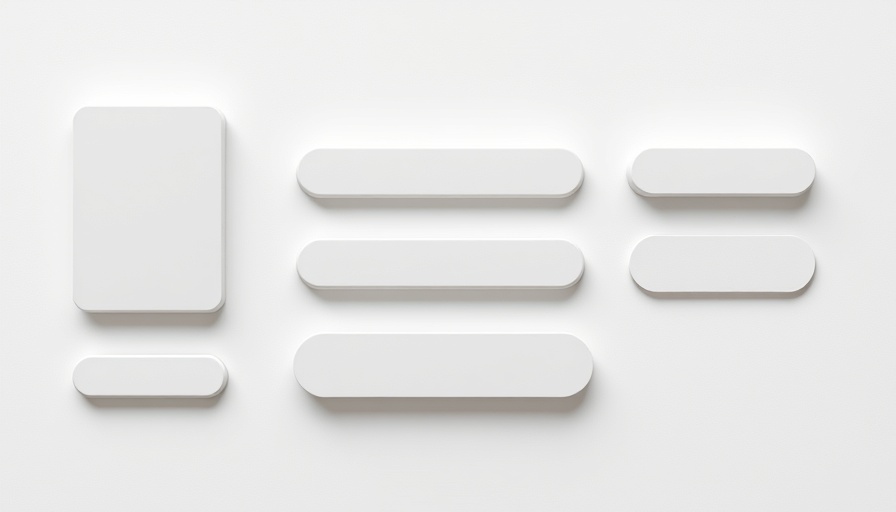
Transform Your Login Forms: Embracing Neumorphism
In the ever-evolving world of web design, aesthetic appeal and functionality are paramount, especially when it comes to user authentication interfaces. A growing trend that combines soft, subtle design with user-friendly experiences is neumorphism. Neumorphic design focuses on creating interfaces that mimic physical conditions, giving elements a sense of depth, shadow, and light. It’s more than just a new look; it’s a strategy to enhance user experience through visual cues, making interactions feel intuitive and seamless.
Why Choose Neumorphic Design?
Neumorphism stands out for its modern aesthetic that offers a blend of realism and minimalism. By leveraging shadows and light, designers can create buttons and form fields that “float” on the background, drawing user attention. This not only enhances the visual appeal but also improves usability. Users are naturally drawn to these interactive elements, enhancing engagement, which is a cornerstone of conversion rate optimization in digital marketing.
Building a Neumorphic Login Form: Step-by-Step
Let’s break down how to create a neumorphic login form, combining HTML and CSS for a simple yet effective interface. Below is an example code snippet to get started:
<div class="neumorphic-login-form"> <h2>Login</h2> <input class="input-field" type="text" placeholder="Username" /> <input class="input-field" type="password" placeholder="Password" /> <button type="submit">Submit</button>
</div>
The corresponding CSS will help achieve that distinctive neumorphic look:
.neumorphic-login-form { background-color: #e0e0e0; border-radius: 20px; box-shadow: 9px 9px 20px #b8b8b8, -9px -9px 20px #ffffff; padding: 20px;
} .input-field { background: #e0e0e0; border-radius: 10px; border: none; box-shadow: inset 5px 5px 10px #b8b8b8, inset -5px -5px 10px #ffffff; padding: 10px; margin: 10px 0;
}
This code creates an appealing interface that not only looks fresh but maintains usability—key for capturing users’ attention and encouraging them to engage further.
Optimizing Your Design for User Experience
Incorporating neumorphism into your login forms aligns well with broader digital marketing strategies, especially as we head toward more mobile-focused campaigns in 2025. User experience (UX) is increasingly a determinant of success, and modern design elements play a critical role in creating paths for engagement. Factors such as tactile feedback and visual cues enhance customer journeys, and employing best practices in UX design can lead to significantly improved marketing outcomes.
Future Directions: Neumorphism Beyond Aesthetics
As the landscape of web design continues to evolve, the potential of neumorphism expands beyond simple aesthetics. It has implications for accessibility and inclusive design, offering opportunities for brands to connect with diverse audiences. Aligning this design trend with data-driven insights from analytics tools can help marketers measure effectiveness and continuously refine their approach.
Emphasizing User Engagement: A Call to Action
As business owners and marketers navigate the evolving digital landscape, embracing innovative design trends like neumorphism can set them apart. Consider how you can integrate these principles into your platforms to enhance user engagement and drive conversions. The future of digital marketing hinges on delivering not only effective content strategies but also captivating visual experiences that resonate with users.
Discover more insights and training on optimizing your online platforms with cutting-edge strategies. Explore our digital marketing resources today!
 Add Row
Add Row  Add
Add 




Write A Comment